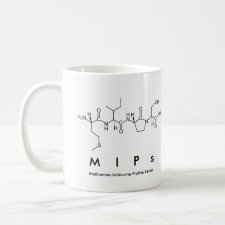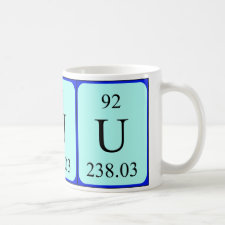
Authors: Wu ML, Liao LF, Zhao MM, Lin YW, Xiao XL, Nie CM
Article Title: Separation and determination of trace uranium using a double-receptor sandwich supramolecule method based on immobilized salophen and fluorescence labeled oligonucleotide.
Publication date: 2012
Journal: Analytica Chimica Acta
Volume: 729
Issue: (1)
Page numbers: 80-84.
DOI: 10.1016/j.aca.2012.04.012
Alternative URL: http://www.sciencedirect.com/science/article/pii/S0003267012005612
Abstract: A double-receptor sandwich supramolecule method for the separation and determination of trace uranium was proposed in this paper. One receptor is a salophen which can react with uranyl to form a uranyl-salophen complex, and another receptor is an oligonucleotide which can bind uranyl to form oligonucleotide-uranyl-salophen supramolecule. The salophen was immobilized on the surface of silica gel particles and used as the solid phase receptor for separating uranium from solution. The oligonucleotide was labeled with a fluorescent group and used as the labeled receptor for quantitatively analyzing uranium. In the procedure of separation and determination, uranyl ion was first combined with the solid phase receptor and then conjugated with the labeled receptor to form the sandwich-type supramolecule. The labeled receptor in the sandwich supramolecule was then eluted and determined by fluorescence analysis. The experimental results demonstrate that this method has a number of advantages such as high selectivity, excellent pre-concentration capability, high sensitivity, good stability and low cost. Under optimal conditions, the linear range for the detection of uranium is 0.5 - 30.0 ng mL-1 with a detection limit of 0.2 ng mL-1. The proposed method was successfully applied for the separation and determination of uranium in real samples with the recoveries of 95.0 - 105.5%.
Template and target information: uranyl ion, UO22+
Author keywords: uranium, Double-receptor, Sandwich supramolecule, Salophen, Oligonucleotide, fluorescence



Join the Society for Molecular Imprinting

New items RSS feed
Sign-up for e-mail updates:
Choose between receiving an occasional newsletter or more frequent e-mail alerts.
Click here to go to the sign-up page.
Is your name elemental or peptidic? Enter your name and find out by clicking either of the buttons below!
Other products you may like:
 MIPdatabase
MIPdatabase









